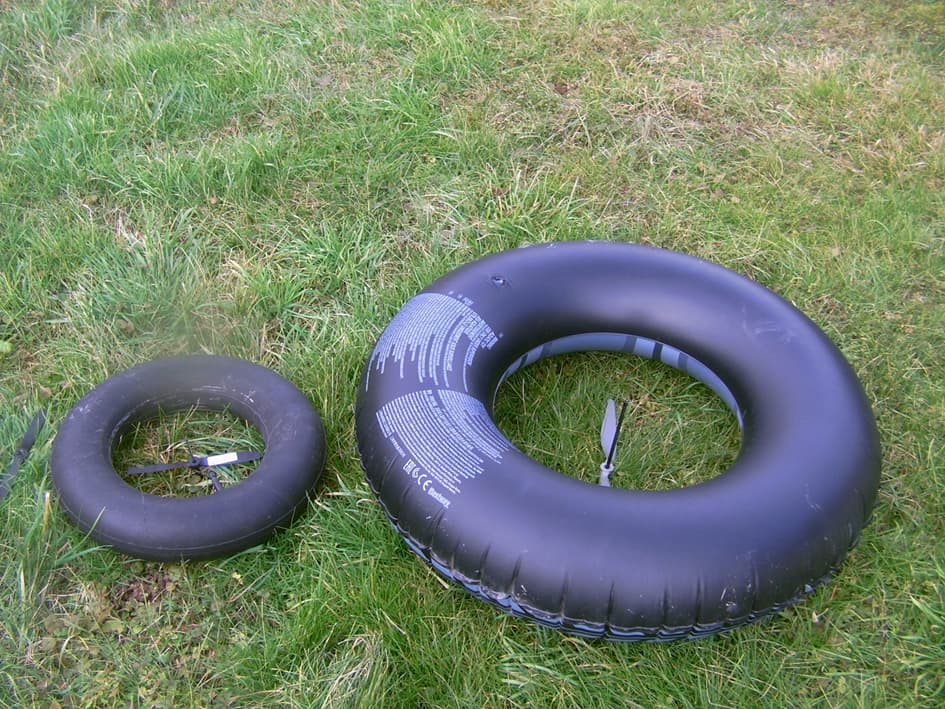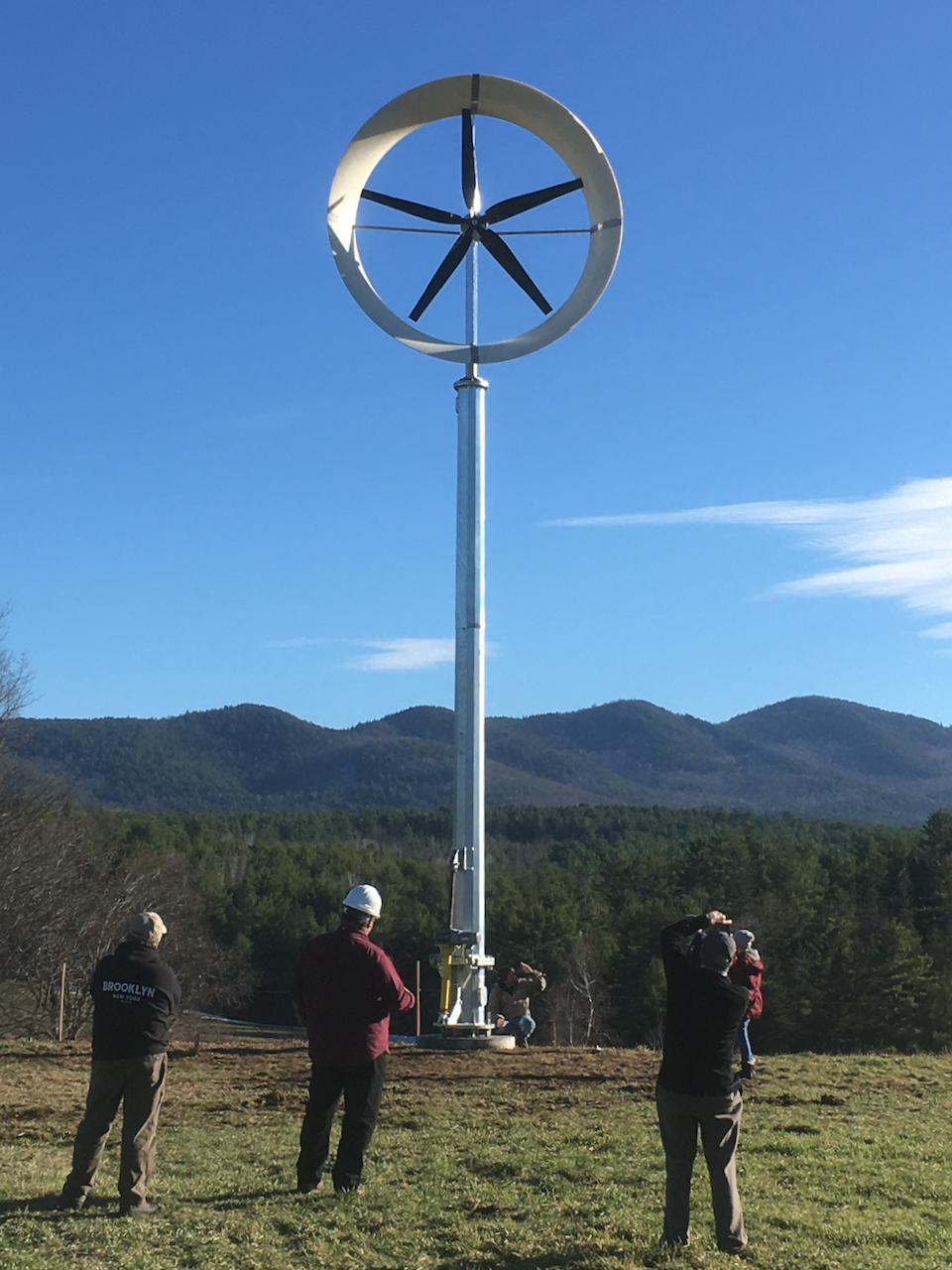I reproduce a quote from the mentioned publication on a comment, page 7, about Figure 6.
But the efficiency decreases when the wind speed increase for both types of wind turbines, where the shrouded wind turbine has a significant reduction. This is caused by the frequencies of data at measured and collected data, where on the collected data process, frequencies of wind speed 1 - 3 m s-1 is relatively many than frequencies of wind speed above 3 m s-1 which caused the result of average generating power at wind speed 4 - 6 m s-1 . Another thing that affects the generated power on the experiment is the yawing mechanism on the shrouded wind turbine which is not optimal due to the addition of structural loads.
I put again this quote, which seems to ask questions:
This is caused by the frequencies of data at measured and collected data, where on the collected data process, frequencies of wind speed 1 - 3 m s-1 is relatively many than frequencies of wind speed above 3 m s-1 which caused the result of average generating power at wind speed 4 - 6 m s-1 .
What is your advice about it?
On other publications about shrouded wind turbines, I did not see a similar thought nor a drop in efficiency when wind speed increases. An example:
Experimental Investigation of Wind Turbine Using Nozzle-Lens at Low Wind Speed Condition
Authors: Nugroho Agung Pambudi, Danur Lambang Pristiandaru, Basori, Danar Susilo Wijayanto, Husin Bugis, Bambang Dwi Wahyudi, Cyrillus Sudibyo, Karno M.W., Ngatou Rahman, Nyenyep Sriwardani, Subagsono.
Volume 105, May 2017, Pages 1063-1069
https://www.sciencedirect.com/science/article/pii/S1876610217305003?via%3Dihub
See Figure 4 and, on pages 1066-1067 (with low values of wind speed), this excerpt:
We can observe that nozzle lens A has increased the wind speed from 2.5 m/s to 3.03 m/s; it increases from 3.5 m/s to 4.5 m/s and from 4.5 m/s to 5.46 m/s respectively. These results are influenced by other RPM and TSR experiment on different lenses.
Today I experimented again the wind speed inside the 42 cm diameter tire, then the tire off, using a blower. Wind speed measured with an anemometer was about 8-10 m/s at 1 m from the blower, with or without tire. I did not see any difference. But more accurate measures would be useful, because even low speed variations lead to high difference of power. I will experiment outside on a windy day.






